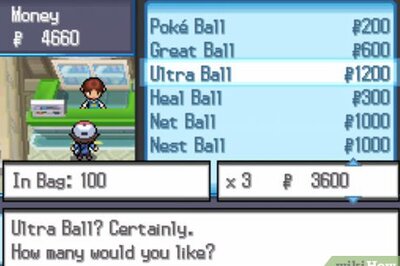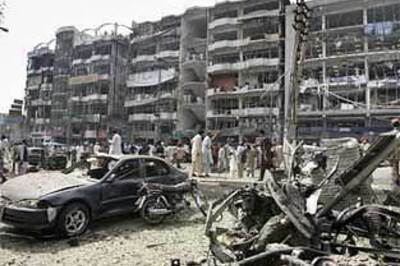
views
“We are neither hawks nor doves. We are owls. The owl is traditionally a symbol of wisdom," Urjit Patel had said in 2014 as a Deputy Governor of the Reserve Bank of India (RBI). Patel, 54, the key architect for the fundamental change in how monetary policy is framed in India stepped down on Monday citing personal reasons.
In 2014, it was a committee headed by Patel that recommended that RBI should follow an inflation-targeting approach, using consumer price inflation as the base, and a committee of the central bank and not the governor take the call on monetary policy.
A few months into his term as the governor, after his appointment on September 4, 2016, a 'wise owl' was not something that fit Patel, at least as per popular perception.
Patel, who completed two years at the helm, had faced several storms in the early days. It began with demonetisation, announced two months after he took charge. The governor had to face the ire of citizens, economists and industry experts who did not agree with the move or its implementation.
The process for monetary policy decision-making underwent a radical change from the governer's first review itself, with the implementation of a six-member monetary policy committee—though this change was something that had been driven by Patel himself when a panel headed by him recommended that this body be given charge of setting interest rates.
Besides having three government nominees, the MPC has been tasked with maintaining a strict inflation target.
The most pressure the RBI has faced has been from the balance sheet clean-up of banks that it undertook. That he took over the saddle from his high-profile and “rockstar” predecessor Raghuram Rajan added to the pressure.
Patel himself comes with top credentials. He is a PhD holder from Yale University, and is an accomplished economist with degrees from the esteemed London School of Economics and Oxford University. But tcomparisons with his predecessor were never-ending.
But two years down the line, Patel has taken definitive steps towards earning the 'wise owl' title.
Despite his reclusive nature, Patel has ensured his firm message is conveyed. In the first year, he rejected the invitation of the finance ministry for a meeting with the MPC members (as against the earlier practice when the governors would make the trip to Delhi a few days before announcing the policy).
He has also expressed his displeasure with regards to the farm loan waivers announced by various states.
Moreover, he has not minced words in pointing out the non-disclosures of non-performing assets (NPAs) by both private and public sector banks as well as highlighted the lack of regulatory powers in oversight of government-owned banks.
In a speech at an educational institute, Patel had sought more powers to tackle governance issues, leaving the government to contest that view.
Moreover, his actions on banks’ financial conditions and resolution of NPAs have been through a carrot-and-stick approach.
Since last year, as many as 11 banks, all public sector in this case, with high NPAs, sub-par capital ratios and lower or negative return on assets have seen the prompt corrective action (PCA) framework imposed on them. The move, which restricts such banks' expansion and limit credit growth, helps them focus on improving their financial strength.
The most pronounced stroke by the RBI was the February 12 circular this year which overhauled the entire resolution mechanisms and forced banks to make disclosures on initial stress and take them to insolvency for failure to resolve within 180 days.
The central bank did not relent even when the government interfered to seek relaxation on the same in full or for the selective power sector.
A senior public sector banker said the decision "stung banks like a snake", coming as it did on Mahashivratri.
Ashvin Parekh, Managing Partner of Ashvin Parekh Advisory Services, said, “There is a lot of demonstration by the RBI of the purpose to bring in a lot of stability in the system, which is the prime role of a regulator and also the protection of deposit holders’ interest and ensure there is sound financial condition within the system.”
The first and foremost challenge continues to be an improvement in the state of the banking system. The NPA clean-up and uplifting the state-run banks from the dumps will be the most critical challenge for Patel for the rest of his one-year term.
Secondly, banks have witnessed a slowdown in deposit and credit growth, the core services of the sector —weighed down by their NPA troubles and their loss of market share to non-bank players such as NBFCs and other financial institutions.
Parekh points out, “Banking is somewhere losing a role in the economy... that is what the regulator will have to worry about."
Thirdly, with the rupee in a freefall, Patel may have to prepare a strong exchange rate framework to help stabilise the Indian currency.
Parekh also says that a more focused communication for the market and the sector would boost Patel’s profile.
If Patel, who has earned more than a passing percentage for his first two years, manages these in his third and final year as the RBI chief, the epithet of "wise owl" will firmly fit in before his name.




















Comments
0 comment